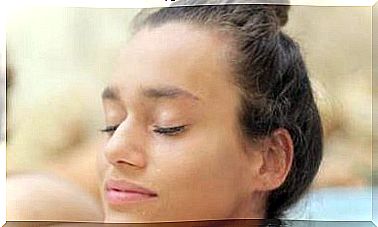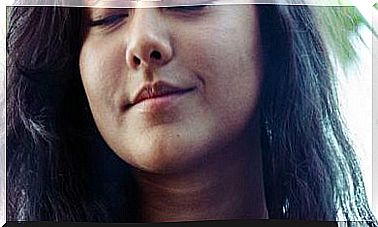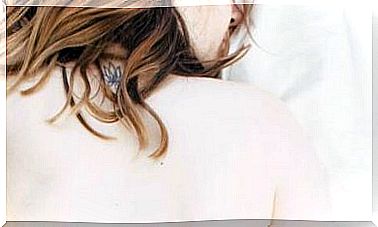Check Your Sunscreen: It May Contain Toxic Ingredients
When choosing sunscreen, check the list of ingredients and avoid toxins, especially endocrine disruptors that damage hormonal balance.

The active ingredients in sunscreens come in two forms, physical (mineral) filters or chemical filters. Most conventional creams, without an ecological or natural certification, use chemical filters, made up of synthetic substances, created in the laboratory, which can be harmful to health. According to a report by Ecologists in Action, many brands include them in their sunscreens. This organization recommends avoiding the following ingredients:
- Ethylhexyl methoxycinnamate (may also appear as octinoxate, octyl methoxycinnamate, or OMC). It is one of the most frequent UV filters and is considered an endocrine disruptor, since it causes damage to the thyroid hormone, it can affect reproductive and neurological development. It is a persistent compound, which means that it accumulates in the body because it cannot be eliminated.
In laboratory studies it has been found that between 1% and 9% penetrates the skin. The Environmental Working Group (EWG) gives it a dangerous score of 8 and tops the ranking among all synthetic ingredients found in sunscreen.
- Octinoxate (octylmethoxycinnamate). Second on the EWG’s list of dangerous filters. It acts like a hormone and could damage the reproductive system and the thyroid, and cause behavioral disturbances.
- 4-Methylbenzylidene camphor (4-methylbenzylidene camphor, 4MBC). It is also an endocrine disruptor and can damage the thyroid.
- Homosalate. It is one of the most used despite not protecting against UVA rays. According to in vitro medical studies, it can be a hormonal contaminant: it interferes with estrogens, androgens and progesterone, and would act as an anti-androgen (opposite effect of male hormones).
- Octisalate (ethylhexyl salicylate). It increases the absorption and duration of sunscreen on the skin, but it can damage the immune system and cause allergies.
- Retinyl palmitate ( retinol palmitate ). Very common also in cosmetic products, such as antiaging creams. Its use can cause the accumulation of an excess of vitamin A, which is not harmless, since it can affect fetal development and cause malformations.
- PABA (ethyl-4-aminobenzoate, benzocaine) and OD-PABA (octyl dimethyl aminobenzoic acid). They are endocrine disruptors and may appear under other names.
- Octocrylene (Octocrylene). It can cause severe dermatitis when exposed to light, so it is paradoxical that it is used in sun creams. It accumulates in body tissues.
Caution with physical sunscreens
In addition to chemical sunscreens, chemical filters can be found in creams. In this case, they work as “screens” that reflect radiation and protect the skin from the sun. The most common are zinc oxide and titanium dioxide.
In principle, physical filters are safer than chemical ones, but it is advisable to avoid their presentation in the form of nanoparticles – they carry the concept (nano) after the name of the ingredient – because their safety has not been sufficiently proven, especially in the case of titanium dioxide. (Titanium dioxide or TiO2), which has been classified by the International Agency for Research on Cancer (IARC, a body dependent on the World Health Organization) as a possible carcinogen to humans when inhaled.
Bio certified protectors
The most recommended filter is zinc oxide, not nano, as an ingredient in creams with some recognized natural or ecological certification (such as Cosmos, Ecocert, Vida Sana, BDIH …). Ecologists in Action warns that, in the absence of these certifications, the words “natural” or “organic” on the label or in the advertising do not mean anything, since they only respond to an advertising strategy.
Brands with toxic
Ecologists in Action echoes the analysis carried out by the Danish consumer organization THINK Chemicals, which has studied the brands of sun creams to warn of those that incorporate toxic substances and to disseminate those that are free of these substances harmful to health.
Of 47 brands tested, at least 17 were free of toxic ingredients. Among those that contained any substance suspected of being toxic to human health, the following are mentioned: Estee Lauder Bronze Goddess SPF 30, Garnier Ambre Solaire light and silky SPF 30, Korres Sunscreen Face and Body SPF Yogurt Emulsion 30, Lancaster Sun Beauty SPF 30, Piz Buin moisturizing Sun Lotion SPF 30, Shiseido Wetforce Sun Expert with anti aging protection SPF 30, Lancome SPF 30 bronzer, Nivea Sun SPF 30 or Yves Rocher Comfort Lotion SPF 30.









